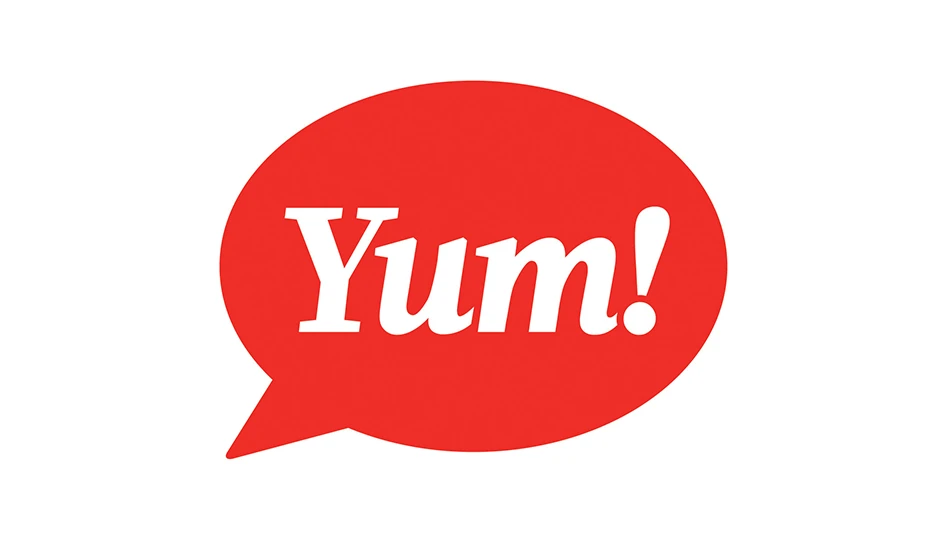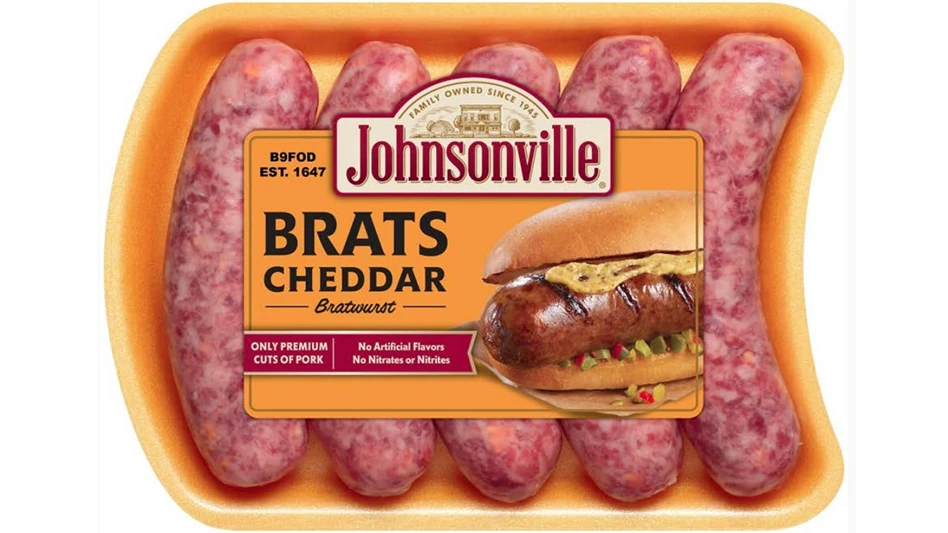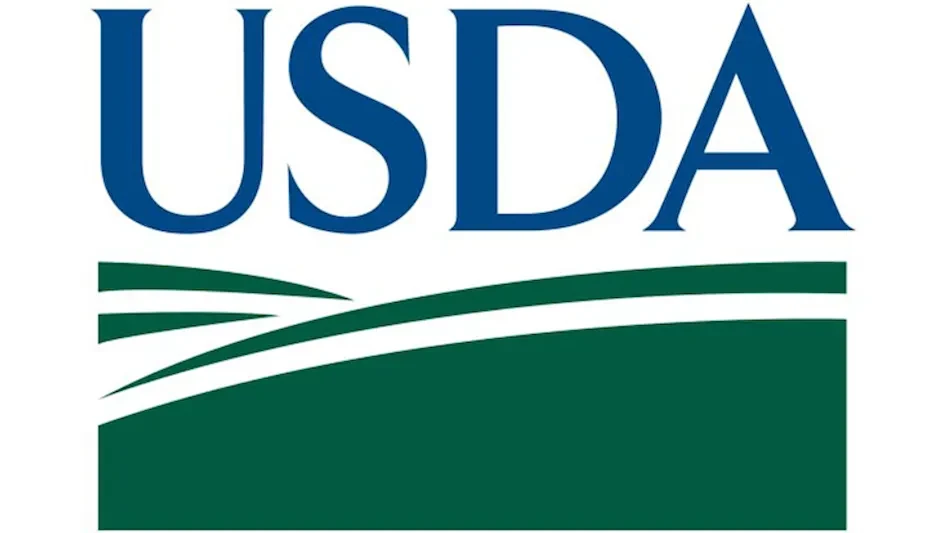 Of all the pest concerns the food and beverage industry faces, stored product pests are one of the greatest. Whether concerned about confused or red flour beetles being brought in on a delivery of grain; Indianmeal moths thriving in stored cereals, nuts or candies; or warehouse beetles infesting pasta, chips or spices, few processors can write off stored product pests as a non-issue.
Of all the pest concerns the food and beverage industry faces, stored product pests are one of the greatest. Whether concerned about confused or red flour beetles being brought in on a delivery of grain; Indianmeal moths thriving in stored cereals, nuts or candies; or warehouse beetles infesting pasta, chips or spices, few processors can write off stored product pests as a non-issue.
In the past, one of the most common means of control was methyl bromide fumigation. But under the Montreal Protocol and the Clean Air Act, the production and import of methyl bromide has been phased out (except for critical exemptions), due to its contributing to the depletion of the ozone layer. Since then, other methods of control have risen in use.
For stored product pest control, said David Mueller, president and founder of Insects Limited and Fumigation Service and Supply, “The biggest flashpoint was when methyl bromide was taken off the market; the rules changed.”
Significant changes were the development of sulfuric fluoride as a post-harvest fumigant; a rise in the use of heat treatments, fogging and IGRs; advances in monitoring devices and traps; and, as recommended today for the control of any pest, increased use of Integrated Pest Management (IPM).
“It is a holistic, integrated perspective that people need to have,” said Raj Hulasare, Temp-Air president. “Because if you don’t have multiple strategies, you can’t be successful.”
Sulfuryl Fluoride.
Sulfuryl fluoride has a long history of use in fumigation, but it is only within the last decade that it became approved for use with food as an alternative to methyl bromide. The fumigant is typically used for commodities such as nuts, cheeses, rice and grains (as listed on its label), and for non-residential facility fumigation, such as food handling establishments, stationary transportation vehicles and storage structures.
Typically fumigation is done when other IPM methods have not brought about needed control, said Ellen Thoms, technical expert with Dow AgroSciences. This may be a localized treatment in an area where a processor is not gaining control of a stored product pest through sanitation or where exclusion techniques are not viable.
One example Thoms gave is that of rice and flour mills. “In the process of milling, you are creating a lot of dust,” she said. “So it is difficult to say you won’t have dust anywhere.” This is not to say that fumigation should be used as an excuse or substitution for sanitation or exclusion. In fact, Thoms said, “One benefit of fumigation is that it enables [the plant] to shut down the facility, and also take that time to do a clean-out and take apart equipment.” This is necessary to enable the fumigant to move through and get into all areas, but it also provides an opportunity for a complete sanitation process.
In addition, she said, “The advantage you get with fumigation is that it is a whole structure treatment—a whole-structure clean-out of a facility. That tool is still needed in the facility.”
One essential aspect of ensuring the success of a fumigation is using the correct application, then documenting to track and trend the process and results. Rates and times will vary according to the insect being controlled, the temperature and the structure itself.
For example, Thoms said, “When you’re fumigating for insects, the warmer the temperature, the faster they respire, and the faster the fumigant works.”
The use sulfuryl fluoride as an alternative to methyl bromide is increasing globally because of its penetration ability, Mueller added. “If used properly it will kill the eggs and all stages of insect life.”
Heat Treatments.
Also optimal for killing all stages of insect life in a “very green, non-toxic” manner are heat treatments, Mueller said.
“In one word, it is basically dehydration,” Hulasare said. With heat treatments, the insects and eggs simply dry out. “As long as you can get 120oF, you can kill all the stages.”
Another advantage of heat is that the area can be entered during treatment for monitoring. Hulasare recently completed a treatment in California, at which he entered the facility every hour and a half, and stayed for 20 minutes to inspect. Because the heat gets into cracks and crevices and flushes the insects out, he said, “we were finding infestations where we never expected to find them.”
Because there is no chemical, heat treatments can be conducted in one part of a facility while operations continue in others. However, heat is generally used for empty bins, silos or warehouses as it is not recommended for treatment of product.
One trend that Hulasare is seeing in heat is plant purchase of equipment, because, he said, “it gives them the flexibility to do heat treatment any time they want.” The plants generally use pheromone traps to monitor for the insects, so if detection hits their threshold limit, they can conduct the treatment immediately.
While discussing heat as a treatment option, Hulasare also notes that it is only one part of an IPM program. “I would never say that heat is a cure-all option,” he said. “It has to go hand in hand with sanitation and good housekeeping.”
The efficacy of the application can, in fact, be dependent on the level of sanitation. “If you have flour left in a machine,” he said, “it provides very good insulation for the insects. They will go hide there.”
In one case, he said, a machine had a pile of flour over six inches high. When the heat was turned off after treatment, live insects flowed out of the flour pile. In another example, infested flour was dumped outside a mill. Once the weather began to turn cold, the insects went right back into the mill where it was warmer. “The level of cleaning is very important,” Hulasare said.
Fogging.
Fogging treatments can take a variety of forms, said J.B. Howell, MGK south central territory manager, including ULV, thermal, oil-based, water-based, IGR-infused and organic-approved processes and products. Equipment includes:
- ULV foggers – a cold, ultra-low-volume process, the system aerosolizes the product to dispense very fine particles.
- Thermal foggers – a hot system, the unit projects the product onto a heated manifold to create a thick smoke which carries the active ingredient.
Both the ULV and thermal systems can dispense oil- or water-based products. But Howell cautions against switching types in a single system without a complete cleaning of the unit and purging of lines. Otherwise, he said, you can end up attempting to “push pudding through the line.”
Foggers traditionally used oil-based products, and for some thermal foggers, these are still the only recommended product type. Water-based products are a newer innovation and are often used in food processing because they don’t leave an oily residue.
Some fogging products also include Insect Growth Regulators (IGR). “I’m a huge proponent of IGRs,” Howell said. While fogging will kill insects it touches, once the product dries, it leaves no residual protection. An IGR, however, disrupts the insect’s life cycle, keeping larva from developing the ability to fly and go into other areas, and stopping or slowing molting which leads to adulthood and ability to breed. Even if some do develop into adults, he said, they are sterile or unable to copulate.
“One thing we are seeing more of is organic certification,” Howell said. “So if you are going to be fogging, it also needs to be organically based.” Because the active ingredient, pyrethrin, is organic and the oil in food-approved products is food grade, fogging can be an ideal control option in organic facilities. However, Howell said, not all pyrethrin-based products qualify, because the inert ingredients may not be organically certified. But it is usually very easy to know if a pesticide is organically certified, he said. Because certification is not easily attained, it is generally very prominent on the label.
Monitoring.
No matter which method of control is used, monitoring is critical to determine the level of insect presence to know when treatments need to be made.
Monitoring is generally done with sticky traps which incorporate a pheromone or food attractant to draw in the insects. It can be used as a preventive technique to determine if there is a problem and identify the source in a plant, warehouse or delivery.
Jim Oakes, president and founder of J.F. Oakes, is seeing a trend developing in the use of monitoring traps with deliveries, and the requirement of retailers to do so. “When the truck backs up to the warehouse, they will look at the insect trap to decide if [the delivery] needs to be fumigated—or refused,” Oakes said.
Because they are seeing a build-up in such customer requirements, vendors across the supply chain are beginning to monitor proactiely. “This is something that is coming and is in its infancy,” he said. “It is a precautionary measure that the raw material suppliers are providing, because too many people are getting infestations.”
In addition to use for pure monitoring, the traps can also be used as control devices for mass trapping or mating disruption:
In mass trapping, units are placed throughout the facility or infested area and replaced until the population is brought down below threshold levels.
For mating disruption, pheromone traps are placed in such great numbers as to confuse the male, so that he can’t find the female during her cycle, and the entire generation dies out.
When traps are used for monitoring, they are EPA exempt; but use as a control method requires EPA registration. Because of this, Oakes said, “It’s a very complicated process.” Despite the complications, however, it can be a very viable option for plants that prefer to not use chemicals.
A new innovation in hanging traps is the integration of a silver magnetic strip, which increases safety in food areas. It is a unique offering, Oakes said, “so if the trap falls on a line, it stops the line.”
IPM.
Though each treatment method provides for control of stored product pests, each is also reliant on IPM strategies for success. This is becoming even more critical as the economy is lessening plants’ willingness to shut down for treatment.
Traditionally plants shut down on specific holiday weekends to allow for cleaning and scheduled treatments, Mueller said. But in recent years, he is seeing fewer and fewer plants doing so, and more and more plants getting into trouble and having to shut down during unscheduled times because infestations were allowed to build.
Because treatments weren’t being made, infested product was also unknowingly being shipped, and the suppliers and producers were getting returned product and consumer complaints—causing a greater economic impact than had they continued with regularly scheduled treatments.
On the receiving end, Mueller is seeing a trend toward the “gatekeeper approach.” That is, he said, “Companies are becoming very good at stopping insect and rodent problems from coming into their facilities.” If one insect is found, even that such as accidental wrapping of an external ground beetle, the whole load is often rejected.
“For years in food plants, production has overshadowed thorough cleaning,” Mueller said. But with today’s focus on foodborne illness and too many recalls, such shadows are too often bringing complete darkness and lights out on the entire business.
The author is Managing Editor of QA magazine. She can be reached at llupo@giemedia.com.

Explore the December 2010 Issue
Check out more from this issue and find your next story to read.
Latest from Quality Assurance & Food Safety
- Ferrero Group Invests $445 Million in Ontario Production Facility
- Nelson-Jameson Announces Grand Opening for Pennsylvania Distribution Center
- Taylor Farms Linked to Romaine E. coli Outbreak as Marler Clark Files Multiple Lawsuits Against Supplier
- IAFNS Announces Winners of Emerging Leader Awards for Food Safety, Nutrition
- FDA Shares Testing Results for PFAS in Bottled Water
- Provision Analytics Adds Food Safety Expert Jennifer Williams to Strategic Advisory Group
- Boston Sword & Tuna Protects Seafood Safety with Mettler-Toledo Metal Detectors
- IFT Releases New Resources to Aid Food and Beverage Industry in Sugar Reduction





